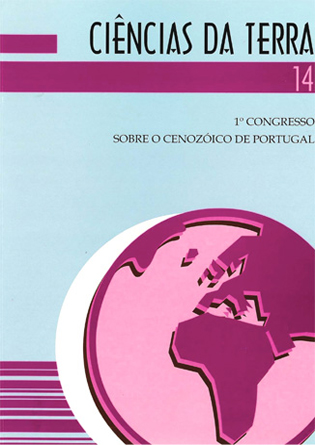El paisaje del área fuente cenozoica, evolución e implicaciones; correlación con el registro sedimentario de las cuencas
Abstract
Key words: Regional geomorphology; Hercynian Massif; landscape elements; correlative sediments; paleoalterations. Erosion surfaces are the maín geomorphological features of the Hesperian Massif. However, three other physiographic elements define the present state of the landscape. Sueh are big mountain blocks with polygonal borders building at great scale mountain chains, some more modest ridges following hercynian structural trends, and finally the strong incision of the fluvial net. On the olher hand, paleoalterations and associated sediments are me only available ways for relief correlation and interpretation. It consists of a triple relationship giving good results when the regional stratigraphy is well known. Tectonic massifs, differential reliefs and íncisions are originated by geotectonic alpine disturbances during the Tertiary. The three events are consecutive in time with overlapping lapses which the prior and following element: differencial reliefs as a mesozoic heritage occur first, afterwards morphostructural blocks respondíng directly lo the alpine deformation, and finally the fluvial incision as a delayed answer to the preceding morphostructural changes. The relationship relief sedimentation confirms widely th is idea, since an association exists between a siderolitic Cretaceous-lower Paleogene and the differential reliefs. between arkoses from the upper Paleogene and the tectonic morphostructural blocks and between te Neogene Series Ocres and the terraces.Downloads
Issue
Section
Articles






